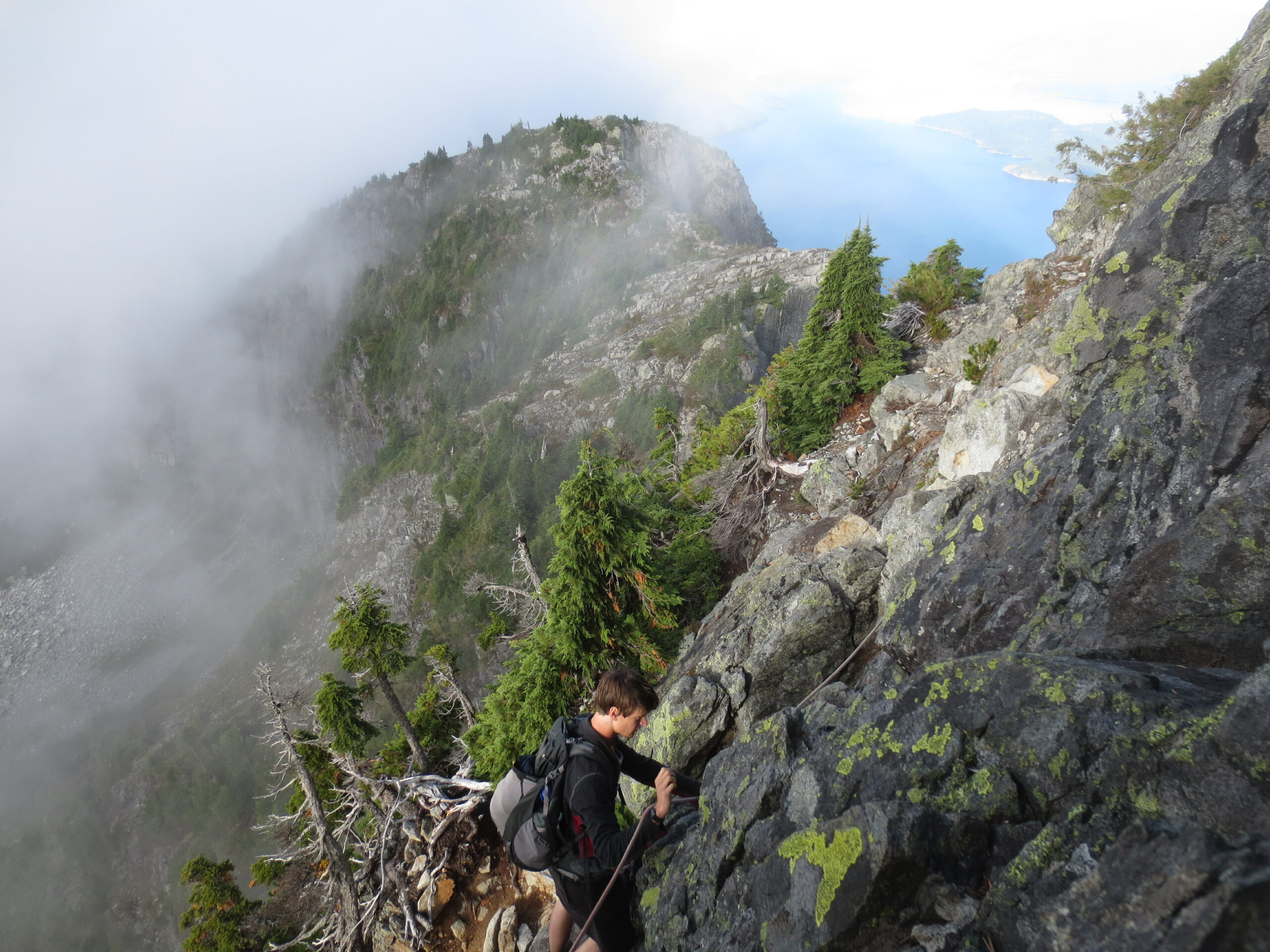Chapter 1 Earth System Science and Environmental Geology
Learning Objectives
After carefully reading this chapter, and completing the exercises within it and the questions at the end, you should be able to:
- Explain why the Earth is a closed system with respect to matter, and an open system with respect to energy,
- Describe some of the important biochemical and geochemical interactions that take place amongst the components of the Earth system: The geosphere, biosphere, hydrosphere and atmosphere,
- Explain the importance of the sun to the Earth system,
- Summarize the various processes related to plate tectonics, and explain their relationships to other Earth systems,
- Describe how human activities have become an important part of the Earth system, and
- Summarize the important aspects of Environmental Geology.
Earth Systems
Earth systems are the processes that take place when energy and matter are interchanged between different components of the Earth. Some examples of Earth-system interactions can be seen on Figure 1.0.1, which shows a rugged terrain in the south-coastal area of British Columbia, Canada.

A few of the Earth system interactions evident in this image include the following:
- Light from the sun is promoting plant growth, heating the rocks and evaporating water from surfaces.
- Chemicals produced by lichen are contributing to chemical weathering of the rock.
- Trees and other plants are contributing to mechanical weathering of the rock but are also helping to hold the soil in place.
- Freeze-thaw processes have contributed to mechanical weathering and the effects of that can be seen on the talus slope in the lower left.
- Moisture in the air is condensing to form water droplets (cloud) that are providing water to the trees and lichen and other vegetation.
- Some of that moisture will eventually flow down the slope and transport both dissolved ions and suspended sediments from this area into the ocean, which can be seen in the upper right.
Earth systems are described in greater depth in the rest of this chapter, and there is also a discussion of the impacts of various human activities on Earth systems. Earth systems are also reviewed in later chapters in the context of most of the other Environmental Geology topics covered in this book.
